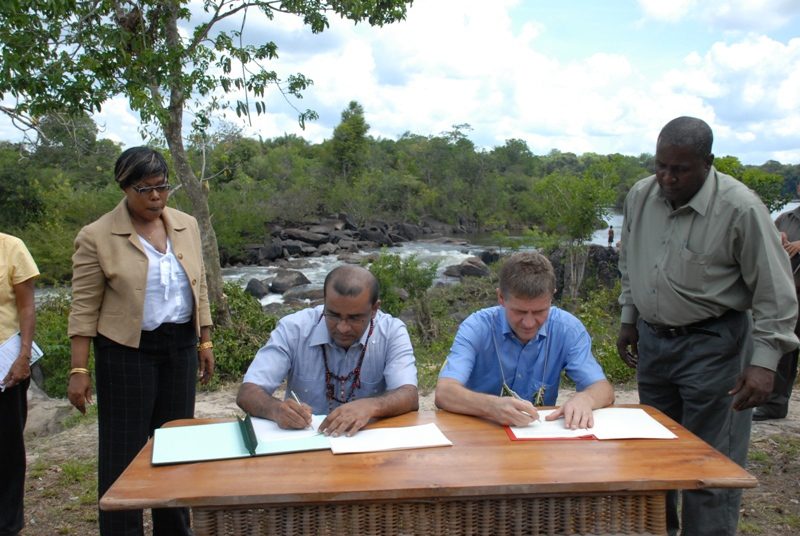When he attended the United Nations Framework Convention on Climate Change’s (UNFCCC) 26th Conference of Parties (COP26) last November, Guyana’s President, Dr. Mohamed Irfaan Ali, told world leaders that forests constitute a powerful arsenal in the fight against climate change.
He argued, because deforestation contributes 16% on average to annual global emissions, that “forest-rich countries must be provided with the incentives necessary to keep their forests intact and to reduce deforestation and forest degradation.”
It is imperative, Mr. Ali said, that rules for carbon markets be finalised, so that countries can benefit financially from keeping their forests standing, because of the climate services they provide.
Forests: the key to Guyana’s low carbon development strategy | OilNOW
How would such systems work? Guyana and Norway have already demonstrated this. In 2009, the two countries signed agreements pledging to “work together to provide the world with a relevant, replicable model for how REDD+ can align the development objectives of forest countries with the world’s need to combat climate change.”
This partnership resulted in the formation of the Guyana REDD+ Investment Fund (GRIF). This was done in-keeping with a framework created by the UNFCCC COP to guide activities aimed at Reducing Emissions from Deforestation and Forest Degradation (REDD+). GRIF was formed to align Guyana’s national economic development with climate resilience and low-deforestation, low carbon growth by investing in low-carbon strategies.
During the period 2010 to 2015, Guyana earned US$212.6 million in payments from Norway because it met performance requirements which included keeping deforestation below a threshold and meeting certain indicators of good forest governance.
The stipulation for the money was that it be spent on projects identified in Guyana’s Low Carbon Development Strategy (LCDS). The recently launched expanded LCDS 2030 notes that government spending was inhibited in the period leading up to 2015 due to major budget cuts by the opposition-controlled parliament, which prevented investments into LCDS initiatives as fully as the People’s Progressive Party Civic (PPP/C) government had hoped for.
Nevertheless, investments were made which created sustainable employment, enabled Indigenous villages to receive legal title for lands, rehabilitated a Canal to protect against flooding, and equipped hinterland communities with renewable energy, digital infrastructure, and sustainable livelihood opportunities.
The opposition went on to become a coalition government in 2015 and did not renew the Norway agreement. But having regained power in 2020, the PPP/C has pledged to support a long-term future for forest carbon markets and has re-engaged Norway to continue the partnership.




